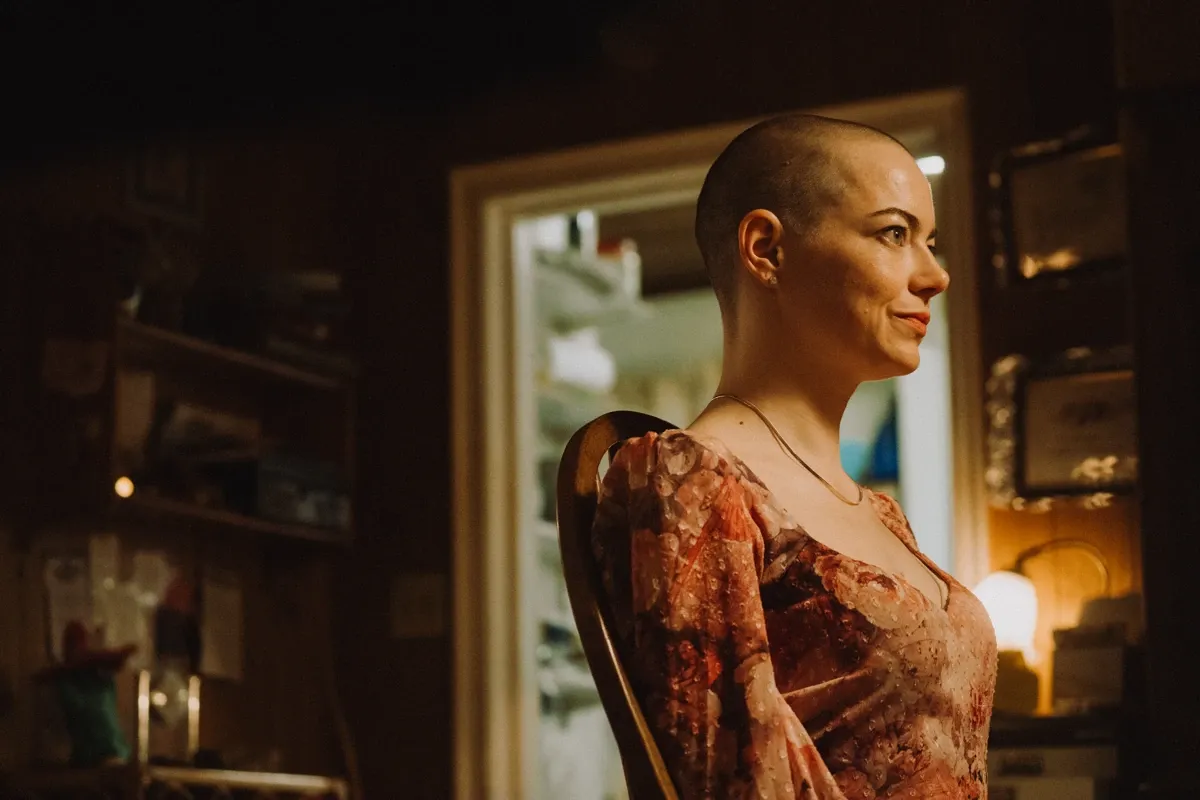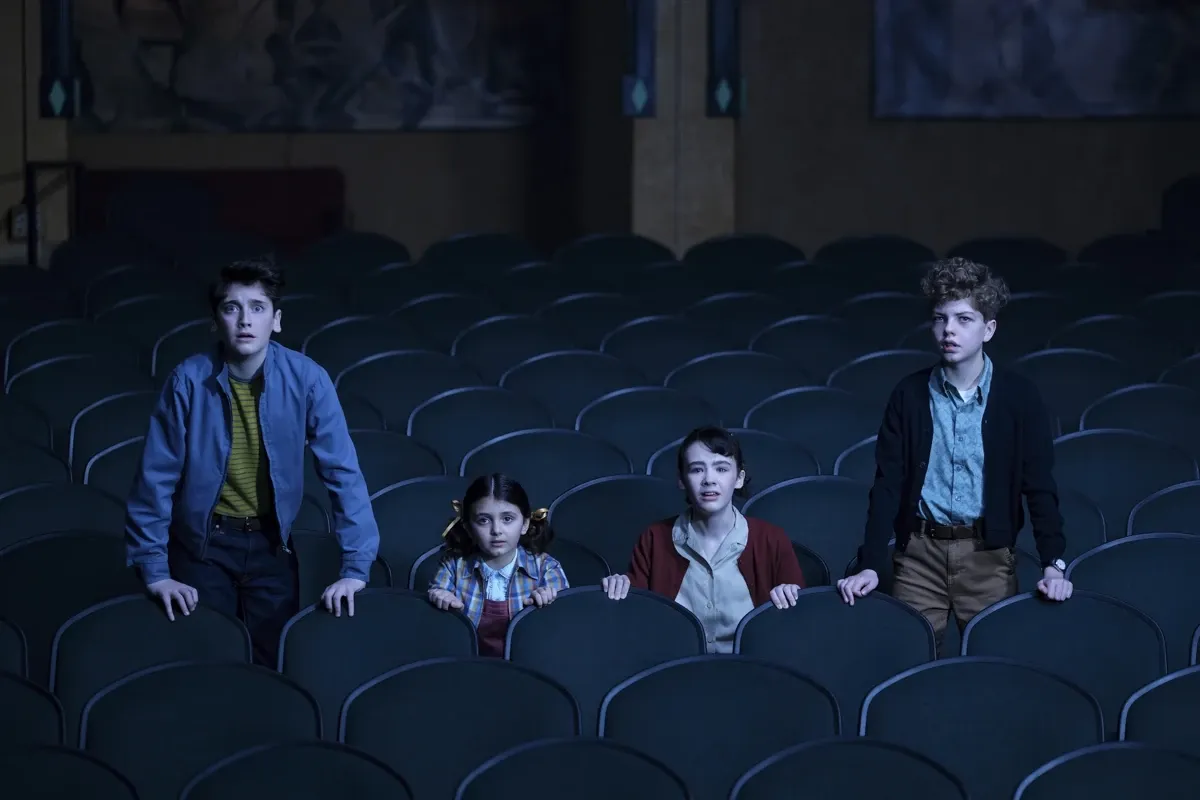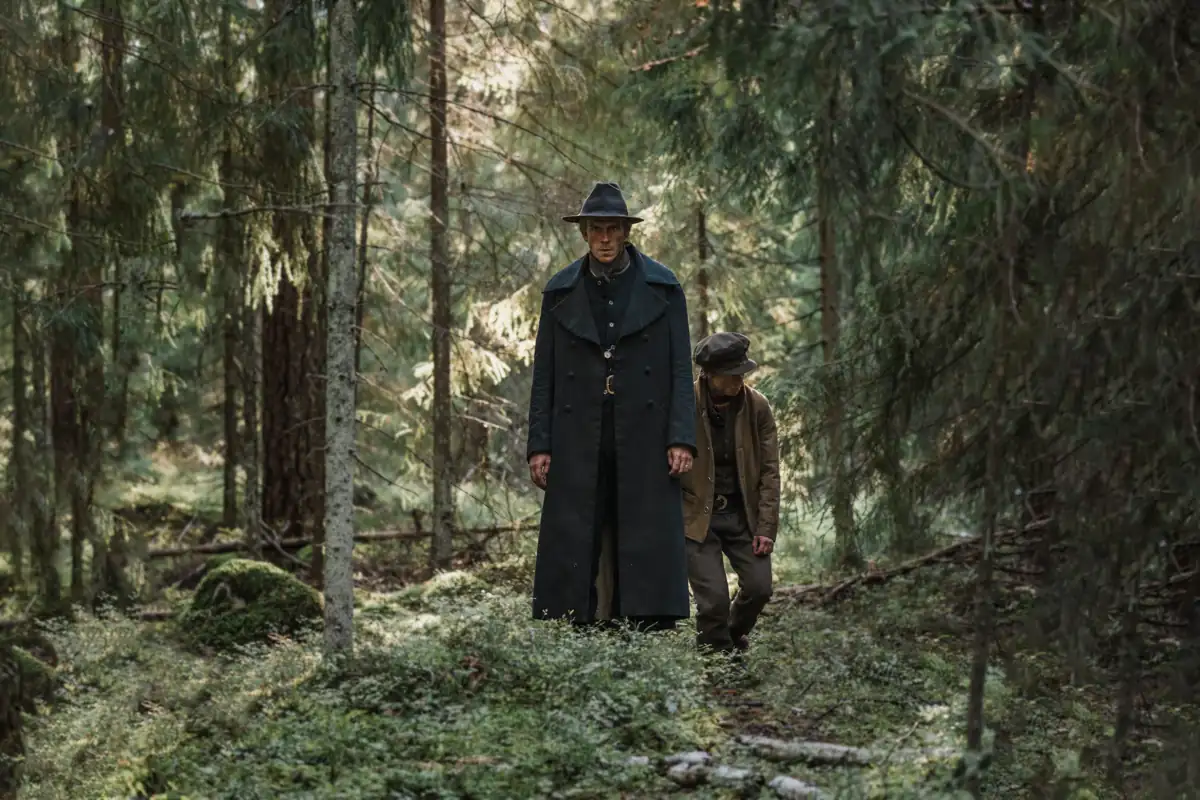Early Access tested on PC (Steam)
The distributor provided an early access key that will turn into the full release game once it is out.
After its announcement at the 2019 E3 Expo, Baldur’s Gate 3, the sequel to one of the most iconic RPG series in history, couldn’t be more hotly anticipated. With months of waiting and teasing behind us, we finally get our hands on the full game this autumn.
Well, sort of.
With an unimaginable year behind us, and potentially more ahead, developer Larian Studios has the unenviable task of delivering their mammoth RPG under lockdown. At the same time, the epic story of Baldur’s Gate 3 has kept on growing during the development phase. Even after three years of development, the end is nowhere in sight.
As such, much of the game is still unfinished. Instead of a full release, Baldur’s Gate 3 releases this October in Early Access, Steam’s platform for work-in-progress titles for fans who don’t mind becoming elaborate beta testers.
So before we even begin, we have to adjust expectations accordingly: Baldur’s Gate 3 isn’t complete by any measure. Instead, it should be treated as something akin to a demo for eager fans who can’t wait to dive into the Dungeons & Dragons classic once more.
I’ve spent twenty hours with the game, which, according to developers, is less than a fraction of what the full release entails. As such, what follows is not a review or a thorough guide, but rather a first look into the impressively large chunk at hand.
Here are some of the things I came away with at the end of my run.
It’s very much a work in progress
Much like Waylanders, which I wrote about earlier this summer, Baldur’s Gate 3 is thoroughly under development. While far more polished on the surface, there’s no denying that portions of the Early Access release are as rough and wonky as in Gato Studio’s ambitious title.
Only the first 20-25 hours of gameplay are available, and character progression is limited to just four levels. In Dungeons and Dragons terms, that’s like dipping your toe in the shallowest part of the pool, and no further. With over 100 hours of adventuring promised for the full release, the Early Access is barely a quarter of the finished product.
Players can choose from 16 races and subraces and 6 classes in the Early Access build, though none of the ready-made characters or multi-classes are available just yet.
As of now, the selection is limited to the standard fare of Cleric, Fighter, Ranger, Rogue, Warlock, and Wizard. Each is paired with its own subclass.
The character creation is still unfinished, but even now shows immense promise. It works almost identically to the tabletop version of Dungeons & Dragons, giving players a plethora of choices to create characters that are uniquely theirs. I spent almost two hours tinkering away with the tools at hand, only to learn that even this version is still unfinished.
But Early Access brings its problems, many of which I don’t think players eager to jump into BG3 will expect. The mission design is still sketchy; there are many bugs, save files will go missing due to errors, and graphical glitches occur regularly. Beyond that, there’s a sense that the final direction in which the story goes is undecided still, as character interactions feel loose and disjoin. Though the initial setup is a good one, including an urgent countdown to keep the pacing up, it doesn’t feel like the first ten hours move quite as fast as they should.
Baldur’s Gate 3 shares a lot in common with Larian’s previous effort, ORIGINAL SIN 2. Both games start with the protagonists as captives, locked away by an overpowered enemy with a grander plan for world domination. In ORIGINAL SIN, the protagonist is bound with a magical choker, quickly sapping them of their life. In BG3, it’s a magical tadpole growing inside their brain into a fully formed Mindflayer. A full-scale attack on a vessel results in dimensional hopping and crash landing on a beach in both games, forcing a group of ragtag companions to work together for the time being.
The repetition itself isn’t an inherently bad thing, but considering the wealth of lore and talented writers at both studios, I did pause a number of times to wonder why they felt so similar. Naturally, this is an element of all Early Access titles, and BG3 has still plenty of time to stand out on its own. After all, ORIGINAL SIN quickly turned into one of my all-time favorite RPGs after a slow start. Who knows what comes next for this one?
The story takes a long time to get going
After a rip-snorting opening scene involving aerial combat, dragons, and dimensional hopping, BG3 settles into a surprisingly slow first act. The initial questline of finding a cure for your ailment is engaging, but the reasonably peaceful first area encourages exploration unrelated to it, making the pacing feel off. Some of the characters complain about taking their sweet time to find help, but because the stakes are so fleeting at this point, it just doesn’t seem worth the effort to worry.
While many of the initial first areas and dungeons dedicate time to meeting the supporting cast, none of them make a good first impression. You’ve got a grumpy cleric who doesn’t like you, a snarky rogue who looks down on you, a hostile fighter who thinks you’re a nuisance, and an egotistical wizard, who is most likely using you for their benefit. It’s like having a party of roleplayers who don’t want to work with one another, leaving the poor dungeon master having to figure out complex scenarios forcing them to do so.
The problem isn’t the conflict itself, but that BG3, in its early stages, gives very little reason for you to care about characters who are so unlikable. Everyone snaps at each other in idle chatter, and each piece of dialogue is fraught with tension. It becomes tiring and hard to care about your companions at this point – which might be the point. This will surely be one of the biggest things that I look forward to coming back to as the game development progresses.
The approval system is back, but the world is morally ambivalent
The approval system, most prominent in games like MASS EFFECT and DRAGON AGE, makes an appearance here as well. I never liked it, as it muddies the experience even further, causing players (or at least myself) to meta-game far more than immerse themselves in the experience. Choosing to help a band of refugees will spark some party members to approve or disapprove, making them more or less likely to be helpful in the future. The central aspect of this is the romance system, something thirsty gamers keep demanding. Everyone is a potential love interest, but at the moment, none of them seem compelling enough to even have around as friends.
But that ambivalence just might be on purpose, and the state of the world – one where you’ll decide the fate of religions, communities, and, eventually, the planet – is always in flux. Meaning, of course, everyone is going to be on edge. By making characters feel more like pawns in a more massive game, Baldur’s Gate 3 forces players to experience cataclysmic events from a viewpoint rarely covered in RPGs.
The first few hours are defined by how helpless you are, and it doesn’t look like much of Act 1 is going to be any different. For those looking for an entirely different kind of experience to the world-saving scenarios common in RPGs, Baldur’s Gate 3 might just do the trick. Here, starting at level one really does feel like the bottom. Right off the bat, it’s clear that whatever is ahead is still a long way off. You’ll be pushed around by even the most low-level vermin, quickly chipping away at any ego you might have at the start. It’s a substantial gamble from developer Larian Studios, one that is both surprising and inspiring all at once.
It plays like a DnD campaign
The gameplay loop uses most of the things found in the core rulebook for the 5th edition of Dungeons & Dragons and the actual tabletop experience. Most notable is the narrator, who works as a dungeon master of sorts, and the voice of the mute player character. It’s not a perfect solution, as sometimes the narrative requires unfortunate railroading to get characters from point A to B, but it’s a surprisingly reasonable facsimile. Naturally, you won’t be able to get away with gaming the system as you might with a human running the show. Still, Larian has taken into consideration a surprising amount of crafty ways to get out of situations.
The solutions range from old-fashioned D&D staples like lockpicking and pick-pocketing to charming your way into inhospitable areas, but additional options present themselves as the game progresses. At one point, I found myself locked in a dungeon covered with flammable liquid on the floors, a trap left behind to lure in adventurers like myself with little safety concerns. Just as the countdown was about to hit zero, igniting the entire room along with yours truly, I spotted a switch at the far end. While inaccessible to me in the time allowed, my Wizard luckily had the spell Mage Hand available. Creating a magical grasp that can manipulate items, I was able to turn off the trap remotely and feel very smug about myself at the same time.
Actions like jumping, pushing, and helping require no dice rolls, but anything beyond that is in the hands of lady luck. Smaller checks are automated, symbolized by a quickly spinning die above each character making a skill check. In contrast, more significant and critical checks are done by manually rolling a dice in-game.
Gaming the system
These mechanics both work and don’t at the same time. Some moves, like jumping, are currently way too overpowered. Jumping allows the player to get out of any entanglement, combat, or dangerous scenario without taking any damage or qualifying for an opportunity attack. After that, they’re free to perform another action entirely, making it virtually a free move for every single turn. Another hilariously powerful move is the seemingly innocuous “push,” which rarely requires any checks at all but will almost always push enemies and NPCs comically far in your favor.
For example, while exploring a seemingly abandoned monastery, my rogue bumped into a robber hiding out on the second floor, ready to ambush my party. I attempted to backstab him with a sneak attack, only for my roll to fail and the strike to miss. Luckily I still had some movement left, which allowed me to push him, sending him flying over the rail and into the ground below, instantly killing him.
I also wish that the game’s future updates would allow for either all the checks to be manual or automated entirely. Right now, switching them from one to the other feels like the DM is taking control away from me, and it makes the exploration unnecessarily shallow. In one example, my party wandered into an ancient temple, and characters automatically triggered a religion check, each exclaiming how they either knew or didn’t know the effigy in question.
It would be a far more rewarding experience to do that yourself, either realizing that it might be essential or not. Even using an Arcana check instead of a Religion check to get some information, limited to what links the statue has to magic, would feel like a victory.
The same goes for the combat, which, while turn-based, does a lot of the heavy lifting behind the scenes with little to no player input. Initiative rolls happen automatically, and character turns are visible in the top left corner. The automation keeps the pacing snappy, but combat, for now, feels disorienting at the start of each encounter as you try to figure out where everything is going.
Larian says that these changes are more in favor of the player than the tabletop version, but with all the mechanisms hidden away, it’s hard to tell how much of that is true. Like with the option for a persistent turn-based playthrough, a manual dice rolling mechanism would solve many of these issues.
The technical side is a beautiful mess
Baldur’s Gate 3 is a beautiful game when it works. The levels feature meticulous set design, gorgeous art, and the motion capture acting is gobsmacking every time it’s on-screen. The characters look fantastic, and it’s a delight to watch emotions running across their face when they consider the alternatives of each situation presented.
Little details like damage taken during combat or burnt armor from traps add to the immersion, making the game feel lived in and authentic. During an early session, my rogue accidentally set off a fire trap and nearly perished in the process. Though rescued, he continued the adventure for a while with his armor half-burned around his belly.
Problems arise when trying to navigate these unique environments in any meaningful way. The camera is an absolute menace, never in the right place when you need it, and locked to weird angles that help nobody when the going gets tough.
A single button press can move the camera to a more traditional overhead-style isometric view, but the environment still gets in the way of navigation at this point. Character outlines stick out poorly, making them easy to lose in the heat of the moment. Traversal is made all the more difficult by hard-to-understand menus. For example, it took way longer than necessary to figure out how to untether the characters from one another and even longer to find them after that. NPCs will sometimes choose to attack you for no reason, and occasional glitches cause the dialog just to stop entirely.
Depending on system capabilities, Baldur’s Gate 3 either runs like a dream or a nightmare. In our co-op session, one player had constant LOD issues, stuttering, and animation drops. Characters would either stop moving entirely or get caught in an animation loop during combat. Hair and bear physics will go haywire without warning, turning otherwise impressive cutscenes unintentionally hilarious as everyone looks like they’ve escaped from an anime.
Other software issues like corrupted save files, stalls, and crashes are common, but they’re nothing new to Early Access veterans. More aggravating is the bug that caused my entire party to stop leveling up about five hours into the game. Saving and reloading did nothing, leaving the whole group stuck in limbo between levels 2 and 3, effectively making the game unplayable past that point.
Larian wants your help to finish the game
Baldur’s Gate 3 is very much aware of its place in the development cycle and asks for player feedback right out the gate. The launcher has a feedback function, and the game often repeats that it’s a work in progress. In interviews, Larian has openly stated this early release style is for players want to give input into the final product’s design and direction. Especially as it looks like a full release is still months away from completion.
But for those willing to brave the untested waters, Baldur’s Gate 3 does offer an enjoyable opportunity to explore the first quarter of a hugely promising RPG. Despite all the bugs and broken aspects, I never found the game uninteresting, and the actual exploration and dungeon crawling is a blast even in its early stages.
It’s also a rare opportunity for fans to have a say (though it’s uncertain how much it will weigh in the end) about what the game finally becomes. If Larian plays their cards right, BG3 could prove itself a frontrunner in communal Early Access development; something Steam envisioned as the case when it opened the EA store almost a decade ago.
As for those who just want to have a fun gaming experience without all the extra hassle? Baldur’s Gate 3 is not ready for that, and for now, it’s best to steer clear for the time being. But once finished, the potential for an all-time great is high. For now, though, it’s best to let Larian take as long as they need to flesh out their magnum opus.
(Baldur’s Gate 3 is now out for the PC, Mac, and Google Stadia in Early Access.)












